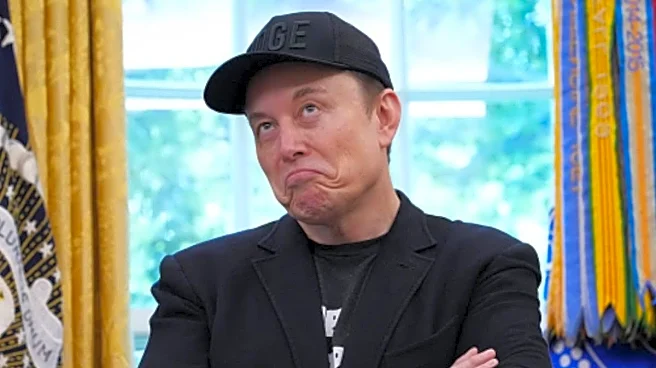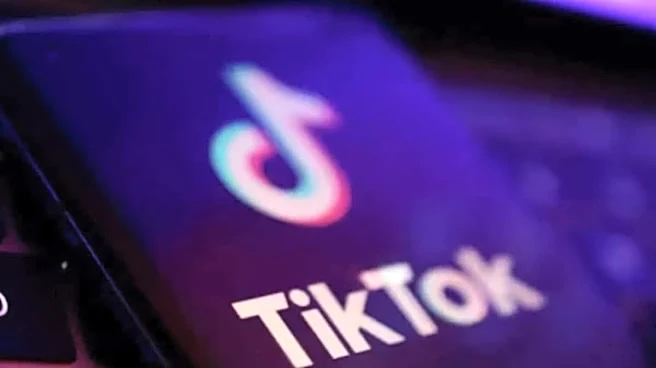The scheduled meeting comes as the US government prepares for a shutdown beginning at midnight on Wednesday unless lawmakers reach an agreement on a spending measure. The White House budget office has instructed federal departments to prepare for reduction-in-force plans for mass firings, with a focus on employees who work for programs that are not legally obligated to continue.
Parts of the government will begin to shut down if an agreement is not reached by midnight on September 30. Without such money, major portions of the government cannot function, and federal agencies must suspend all non-essential services until Congress acts.
What happens during a shutdown?
Hundreds of thousands of government employees might be furloughed or made to work without pay during a full or partial government shutdown. Essential services like social security, military duties, immigration enforcement, and air traffic control will continue; however, other services may be disrupted or delayed.
Food safety inspections, immigration hearings, and air travel may be disrupted. While the larger economy may not feel the impacts right away, a prolonged closure may slow economic growth, disrupt markets, and erode public confidence.
Previous Shutdowns
A standoff during the President's first term in 2018 between Trump and Democrats resulted in a government shutdown of 34 days, according to The Guardian. About 800,000 of the federal government’s 2.1 million employees were impacted. Here's what you need to know about the government shutdown.
Before this, in 2013, the government shut down for a total of 16 days when Congress was unable to agree on a budget for the new fiscal year.
Current Situation
The US government is facing a potential shutdown on October 1, 2025, due to a lack of agreement on a short-term funding bill. The White House has instructed agencies to prepare for permanent mass layoffs in programs that may lose funding.
The White House’s Office of Management and Budget released a memo on Wednesday, advising agencies to prepare for permanent layoffs in the event of a shutdown. “Programs that did not benefit from an infusion of mandatory appropriations will bear the brunt of a shutdown, and we must continue our planning efforts in the event Democrats decide to shut down the government,” it read.
Why is the US facing a government shutdown this time?
The new fiscal year begins on October 1, so Congress must pass a funding measure before the end of September to avoid a lapse.
Last week, the Senate rejected competing stopgap solutions to avoid a government shutdown after the Republican-controlled House narrowly passed a funding bill with only one Democrat voting in favour. Earlier this week, Trump cancelled meetings with Democratic congressional leaders, claiming that a meeting would be ‘productive’ and dismissing their demands as ‘unserious’.
The move enraged Democrats, with Senate Minority Leader Chuck Schumer and House minority leader Hakeem Jeffries blaming the President and congressional Republicans, who control both houses, for the potential shutdown.
Senate Minority Leader Chuck Schumer and House Minority Leader Hakeem Jeffries have publicly criticised the President for quitting negotiations. In a press conference, Jeffries declared, “Democrats will not be intimidated,” in response to the administration's threats to fire federal workers if the government shuts down.
Speaking with CNN, House Speaker Mike Johnson said, “Chuck Schumer came back with a long laundry list of partisan demands that don’t fit into this process, and he’s going to try to shut the government down. The President wants to talk with him about that and say, ‘Please don’t do that.’”
Schumer responded by stating that if Trump takes negotiations seriously, a shutdown may be avoided. “If the President at this meeting is going to rant, and just yell at Democrats, and talk about all his alleged grievances, and say this, that, and the other thing, we won’t get anything done. But my hope is it’ll be a serious negotiation,” Schumer told NBC.

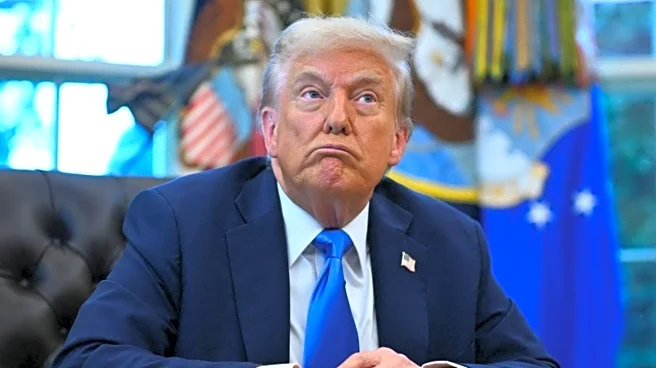

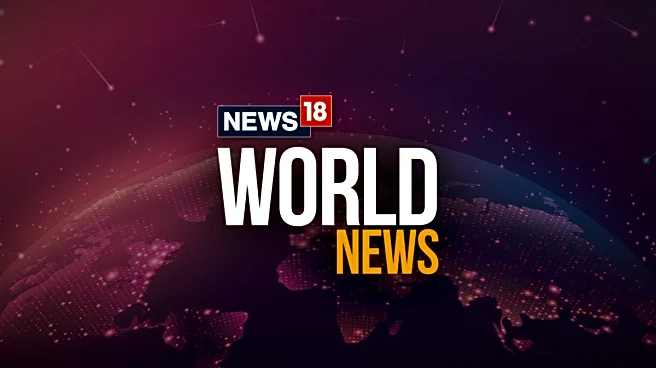
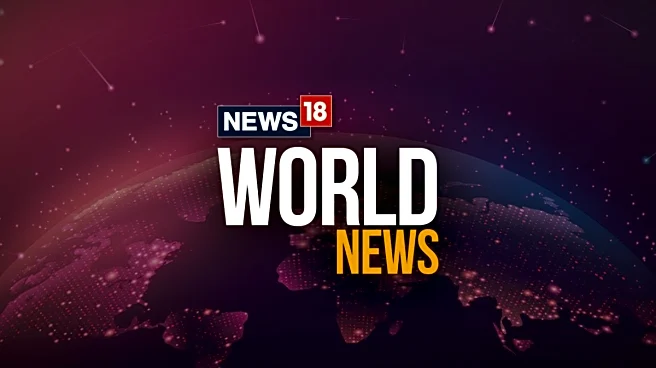



/images/ppid_59c68470-image-175904002834076351.webp)

